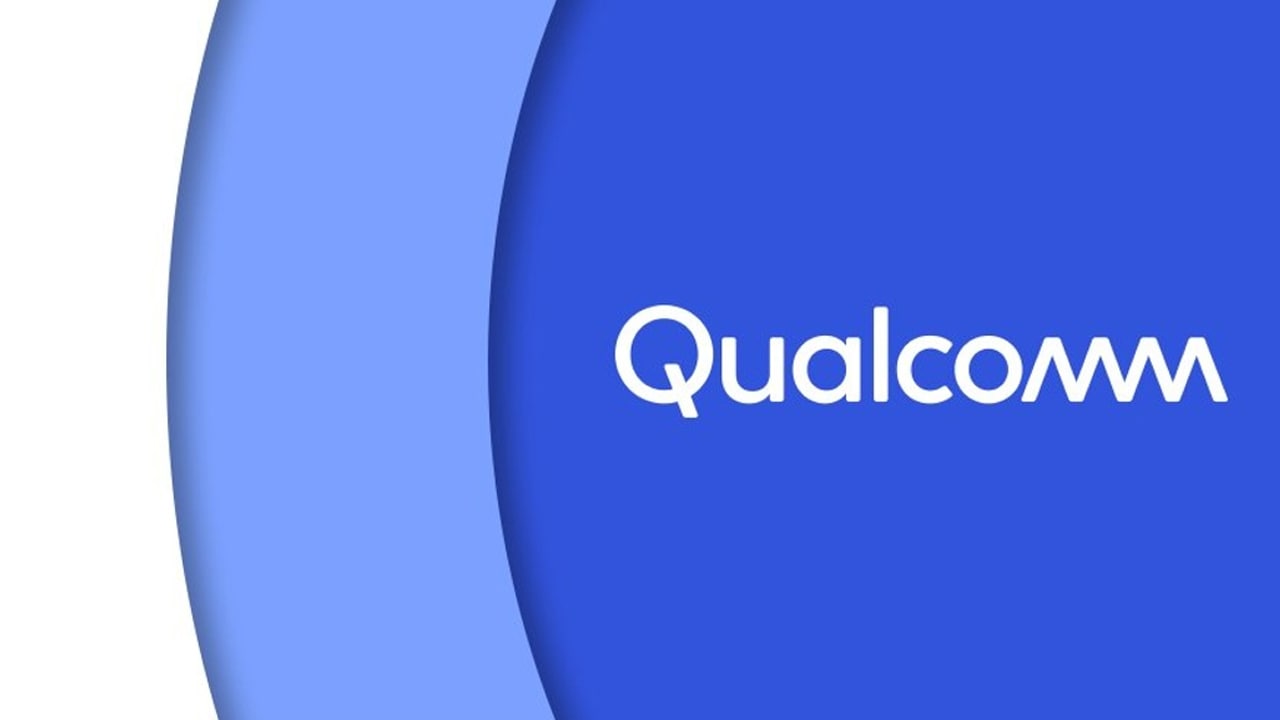Arm held a technical communication meeting on June 29 and officially released the 2022 comprehensive computing solution, referred to as TCS22. A comprehensive computing solution is a flexible and highly scalable computing solution created by Arm that integrates its latest CPU and GPU IP, configuration tools, software ecosystem, physical IP, and common standards. Different markets and domains provide dedicated computing power and great experiences.
In the TCS22, a different combination of Arm IP can deliver a 28% performance boost across a range of workloads and a 16% reduction in power consumption.
JOIN US ON TELEGRAM
In terms of specific Arm IP, the first is GPU, and the most interesting one is Arm Immortalis, the new flagship GPU product launched by Arm. This is the first GPU that can support hardware-based ray tracing on the mobile side, which can provide a more realistic immersive gaming experience.
Arm Immortalis GPUs are based on Mali designs with 10-16 cores and promise 15% higher performance than the previous generation Mali GPUs for the ultimate mobile 3D experience.
 In terms of hardware ray tracing, which has attracted much attention, the ray tracing unit of Immortalis GPU is designed for efficiency. It only takes up about 4% of the shader core area and consumes very little power, but it can bring 300% to related fields. significant performance improvement.
In terms of hardware ray tracing, which has attracted much attention, the ray tracing unit of Immortalis GPU is designed for efficiency. It only takes up about 4% of the shader core area and consumes very little power, but it can bring 300% to related fields. significant performance improvement.
At the same time, according to the introduction, Immortalis GPU will be applied to flagship mobile phones around early 2023. In addition to Immortalis GPU, Arm also released a new high-end Arm Mali-G715 GPU and Mali-G615 GPU this time. The Mali-G715 GPU has 7-9 cores and provides the Variable Rate Shading graphics capabilities found in all new GPUs, which can significantly reduce power consumption and further improve gaming performance.
Arm Mali-G615 will bring high-end mobile application scenarios, functions, and features faster to a wider range of developers and consumers, and it has the same functional characteristics as G715, but with 6 cores or fewer.
According to Arm’s introduction, the new high-end GPU brings a 15% performance improvement, which is Arm’s most powerful GPU to date and will also provide 2 times the machine learning capability for more intelligent applications and better performance. User experience and efficiency have been improved by 15%.
In addition to GPUs, Arm also introduced a new performance-efficient CPU cluster consisting of 2 new CPUs and updates to 2 existing IPs. The first is the flagship Cortex-X3, targeting a wide range of benchmarks and application markets, delivering a 25% and 34% performance boost over the latest Android flagship smartphones and the latest mainstream laptops, respectively.
Meanwhile, the Dynamic Shared Unit DSU supports up to 12 cores and 16M L3 cache on Cortex-X3, enabling scalability across laptop and desktop devices, mobile devices, DTVs, and more. Compared to the previous generation, the newly updated DSU-110 supports 50% more cores while supporting the latest ISA features.
Arm said that this year’s Cortex-X3 optimization efforts are focused on more benchmarks and workloads. Arm is innovating based on microarchitecture and pushing peak performance even further.
The new Arm Cortex-A715 focuses on high-efficiency performance. Compared with the Cortex-A710, its energy efficiency is improved by 20%, and the performance is improved by 5%, reaching an important milestone comparable to the performance of the Cortex-X1.
Given the importance of efficient performance, the Cortex-A715’s CPU cluster adopts a configuration based on big and small cores (big.LITTLE™), which is currently the most commonly used heterogeneous processing architecture for consumer devices around the world.
In addition, Arm has launched an updated version of the Cortex-A510, which reduces power consumption by 5% while maintaining the same performance. At the same time, the updated DSU-110 supports a 50% increase in the number of CPU cluster cores compared to last year’s previous generation, enabling scalability for different levels of consumer-grade equipment.
This year’s TCS22 focused more on the need to improve sustainable performance in real-world gaming applications. In a game case given by Arm, TCS22 is measured based on an 8-core CPU cluster, sharing an 8MB L3 cache on DSU, and running on the software stack of Android S.
It can be seen that TCS22 can achieve up to 23% DRAM bandwidth reduction, Significantly improving cache size and gaming workloads, while improving efficiency and ultimately extending the gaming performance life.
Overall, TCS22 system power consumption has been reduced by 16%, bringing further sustained gaming performance to millions of mobile game developers. In the different workloads tested by Arm, the performance can be significantly improved by 28%.
Arm is setting the standard for performance and efficient computing with the 2022 Total Computing Solutions, the latest suite of computing solutions for consumer devices that continues to push the boundaries of the mobile market and shape the visual experience of the future.










